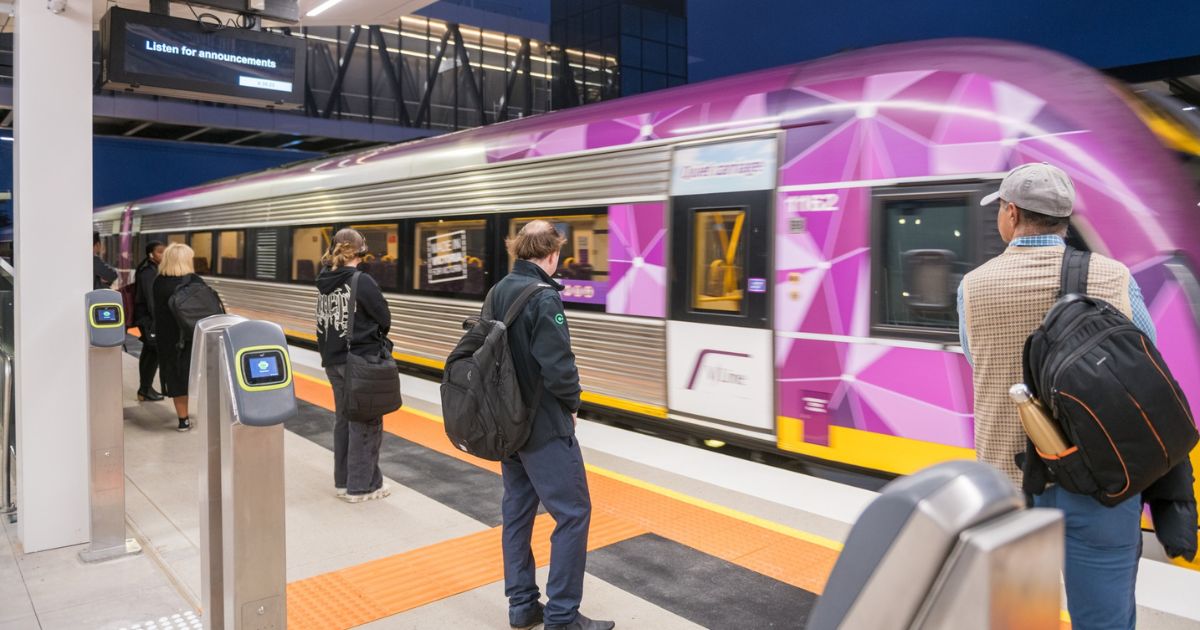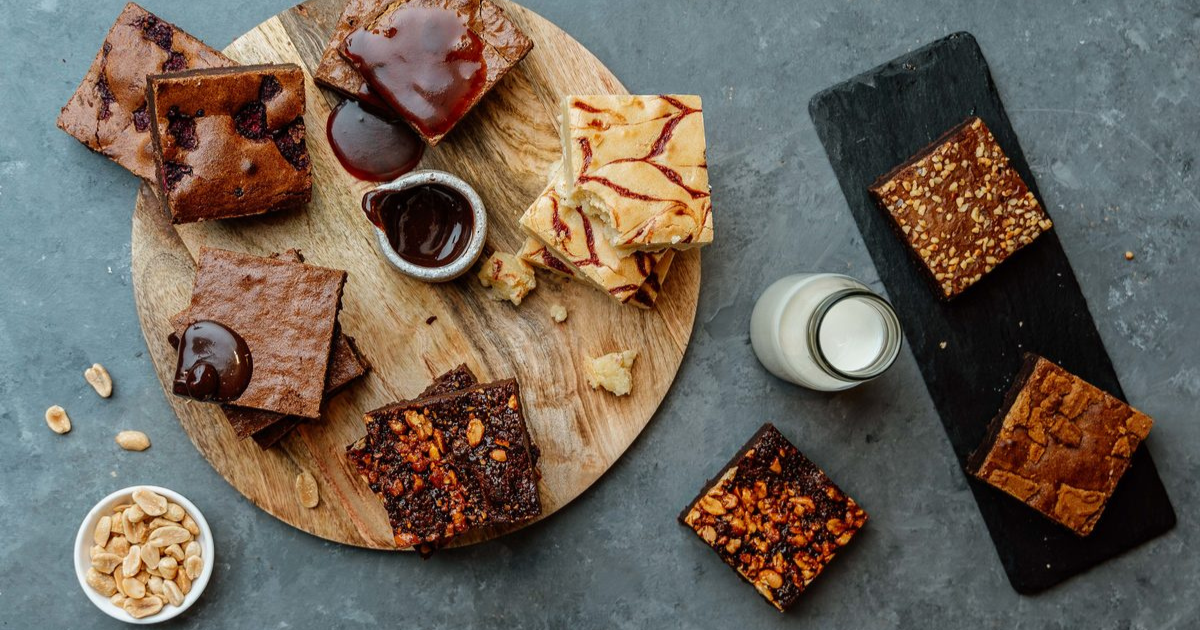GRAPEVINE: Low-alcohol wines pose Challenges
Low alcohol wines are a challenge. Difficult to make, difficult to find and often difficult to understand the appeal without trying the very best examples. Alcohol may be lowered after the wine is made, or it may be naturally constrained by the grape variety, its region and the resulting style.
The process of removing alcohol from a wine (after fermentation) is known as reverse osmosis, whereby the wine is put into a very fine filter allowing only alcohol and water to pass through, the remaining components of the wine such as flavour compounds, tannins, acids are too large to make it through the filter. The alcohol is then distilled from the water and the water passed back into the remaining components without the alcohol. This will then be blended back in to the rest of the wine resulting in a lower overall alcohol content. The common criticism of this process is that the wine is also stripped
of flavour resulting in a lower quality or unbalanced wine. Whether this is scientifically true is unclear, but we are yet to taste a wine that has had its alcohol significantly lowered that was balanced and worth drinking.
There are of course, grape varieties and regions that produce wines that are naturally lower in alcohol. The potential alcohol of a wine is driven by the amount of sugar available in the grapes.
In cooler regions which are not hot enough to produce grapes high in sugar, the potential alcohol for the wine is naturally limited. For red wines, we are unlikely to see many examples where the alcohol is lower than 10 per cent, although reds such as the silky, redfruited and floral Sankt Laurent from Austria often sit below 12 per cent and you can often find Roses which sit in the 11-12 per cent range. White wines are easier to find below 10 per cent ABV, however you do need to tolerate a little sweetness from time to time.
In cooler climates where sugar levels don’t rise as much, the acid levels also tend not to drop as much. As a balancing mechanism in the wine, winemakers may stop fermentation before all the sugar has converted in to alcohol, leaving some ‘residual sugar’ and resulting in a wine with lower alcohol that may sit in the 7-9 per cent range. The counterintuitive thing
about some of these wines is that they may not taste sweet as you might be expecting.
Given high levels of acidity in a grape like Riesling grown in a cool climate, the leftover sugar simply softens the impression of the acid and highlights the fruit flavours while still leaving a mouth-watering sensation on your palate, equally the high acidity dampens the impression of sweetness from the sugar resulting in an off-dry style – some sweetness up front, followed by cleansing dry acidity.
It is a delicate balancing act and there is no hard and fast number for the level of acidity or grams of residual sugar that
indicates how sweet it will taste. The best thing to do is to look for a good grower in a region suited to the style and ask someone familiar with the wines how sweet the wine actually tastes.
Heroes in the Otways produced an excellent local example in 2016 (7.4 per cent ABV, $33) that is worth trying, as is the 2018 Rieslingfreak No. 5 from the Clare Valley (10 per cent ABV, 14g/l sugar, $25) or to lash out on a German example, it is best to start at the top with
JJ Prums Graacher Himmelreich 2016 (8 per cent ABV, $75). The best examples are undeniably great wines and although they may be priced at the higher end it is best to get a clear picture of the style from these examples as the worst examples will no doubt put you off trying them again for a long time.


















